
Vlastimil Dlab (born 5 August 1932) is a Czech-born Canadian mathematician who has worked in Czechoslovakia, Sudan, Australia and especially Canada where he founded and led an influential department of modern mathematics. [1]

Vlastimil Dlab (born 5 August 1932) is a Czech-born Canadian mathematician who has worked in Czechoslovakia, Sudan, Australia and especially Canada where he founded and led an influential department of modern mathematics. [1]
Dlab was born on August 5, 1932, in Bzí, Czechoslovakia, a historical village whose territory currently belongs to Železný Brod. He studied at Charles University in Prague, and worked at the Czechoslovak Academy of Sciences for a while in 1956. At Charles University, he was gradually promoted to associate professor. However. Between 1954 and 1964, he was doing university research in Khartoum in Sudan. Between 1964 and 1965 he returned Prague but the Institute of Advanced Studies in Canberra, Australia attracted him between 1965 and 1968.
After the 1968 Warsaw Pact invasion of Czechoslovakia, he wasn't quite embraced with open arms. So in 1971, he left for Ottawa, Canada where he founded and led a department of modern mathematics at Carleton University that has significantly influenced the world of algebra, probability, and statistics.
Because his father was ill in the early 1980s, Dlab – as an alien – was allowed to visit Czechoslovakia and he restored his relationship with Charles University. In the late 1980s, he taught some courses again there, and he regained full professorship in 1992.
Dlab was a postdoctoral student of renowned Czech mathematician Eduard Čech.
While in Canada, Dlab worked as the editor-of-chief of mathematical journals and chairman of assorted organizations and institutions. In 1977, he was elected a fellow of the Royal Society of Canada.
Claus Michael Ringel was the co-author of some of the most famous academic works by Dlab, such as the 1976 book Indecomposable representations of graphs and algebras. Dlab helped to educate numerous students of mathematics who became successful by themselves. [2]
In recent years, Dlab was very active in efforts to improve the mathematics education. In the Czech Republic, he's been often quoted as an authority that is skeptical towards modern methods to teach, e.g. the method of Milan Hejný. He emphasizes the key role played by the quality of teachers.
The Czechs, or the Czech people, are a West Slavic ethnic group and a nation native to the Czech Republic in Central Europe, who share a common ancestry, culture, history, and the Czech language.

Eduard Čech was a Czech mathematician. His research interests included projective differential geometry and topology. He is especially known for the technique known as Stone–Čech compactification and the notion of Čech cohomology. He was the first to publish a proof of Tychonoff's theorem in 1937.

Vojtěch Jarník was a Czech mathematician. He worked for many years as a professor and administrator at Charles University, and helped found the Czechoslovak Academy of Sciences. He is the namesake of Jarník's algorithm for minimum spanning trees.

Otakar Borůvka was a Czech mathematician best known today for his work in graph theory.
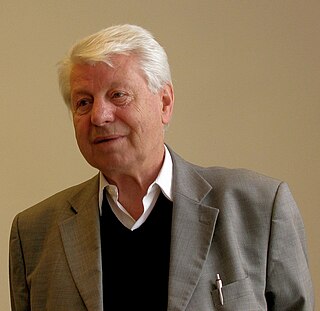
Petr Vopěnka was a Czech mathematician. In the early seventies, he developed alternative set theory, which he subsequently developed in a series of articles and monographs. Vopěnka’s name is associated with many mathematical achievements, including Vopěnka's principle. Since the mid-eighties he concerned himself with philosophical questions of mathematics.
Vlastimil Pták was a Czech mathematician, who worked in functional analysis, theoretical numerical analysis, and linear algebra. Notable early work include generalizations of the open mapping theorem.
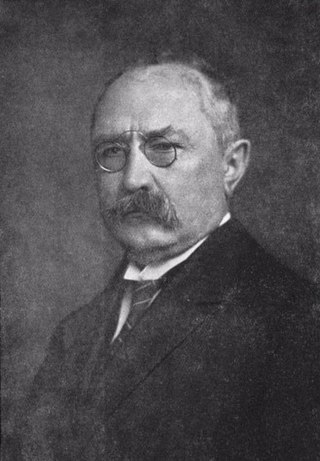
Karel Petr was a Czech mathematician. He was one of the most renowned Czech mathematicians of the first half of the 20th century.
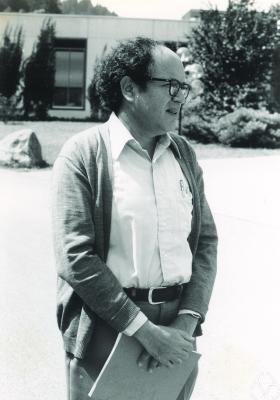
Joseph John Kohn is a professor emeritus of mathematics at Princeton University, where he researches partial differential operators and complex analysis.
Ivo M. Babuška was a Czech-American mathematician, noted for his studies of the finite element method and the proof of the Babuška–Lax–Milgram theorem in partial differential equations. One of the celebrated result in the finite elements is the so-called Ladyzenskaja–Babuška–Brezzi (LBB) condition, which provides sufficient conditions for a stable mixed formulation. The LBB condition has guided mathematicians and engineers to develop state-of-the-art formulations for many technologically important problems like Darcy flow, Stokes flow, incompressible Navier–Stokes, nearly incompressible elasticity.
Lubomír Doležel was a Czech literary theorist and one of the founders of the so-called fictional worlds theory.
Anton Kotzig was a Slovak–Canadian mathematician, expert in statistics, combinatorics and graph theory.
Ladislav Svante Rieger (1916–1963) was a Czechoslovak mathematician who worked in the areas of algebra, mathematical logic, and axiomatic set theory. He is considered to be the founder of mathematical logic in Czechoslovakia, having begun his work around 1957.
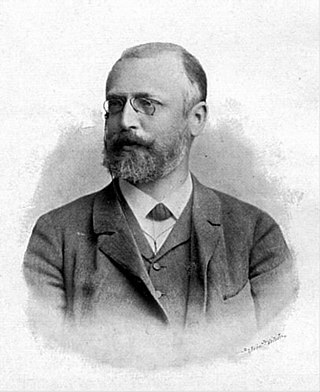
Eduard Weyr was a Czech mathematician now chiefly remembered as the discoverer of a certain canonical form for square matrices over algebraically closed fields. Weyr presented this form briefly in a paper published in 1885. He followed it up with a more elaborate treatment in a paper published in 1890. This particular canonical form has been named as the Weyr canonical form in a paper by Shapiro published in The American Mathematical Monthly in 1999. Previously, this form has been variously called as modified Jordan form, reordered Jordan form, second Jordan form, and H-form.

Bohumil Bydžovský was a Czech mathematician, specializing in algebraic geometry and algebra.

Claus Michael Ringel is a German mathematician, specializing in algebra.
Věra Šedivá-Trnková was a Czech mathematician known for her work in topology and in category theory.
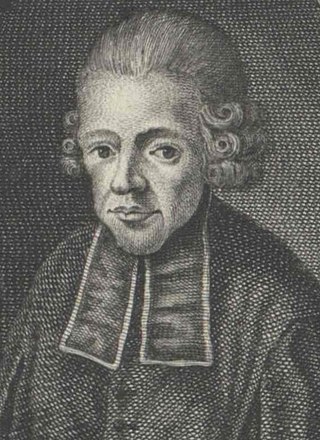
Joseph Stepling was a Bohemian Jesuit priest, astronomer, physicist, and mathematician. Stepling founded the Clementinum Observatory in Prague in 1751 fitted with the best instruments available in that period, some made by Jan Klein. The earliest instrumental meteorological observations in central Europe were made at this observatory. The minor planet 6540 Stepling is named in his honour.
Zdeněk Hedrlín was a Czech mathematician, specializing in universal algebra and combinatorial theory, both in pure and applied mathematics.
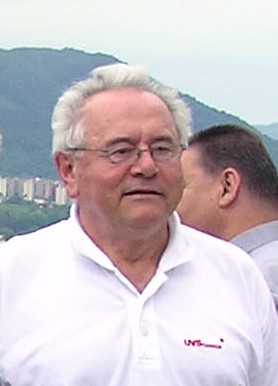
Jiří Patera was a Czech-born Canadian mathematician and academic. He taught at the Université de Montréal and was known for his work in group theory, Lie groups, and cryptography.